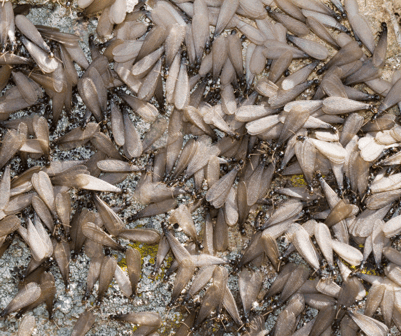Every spring, while flowers are blooming, grass is sprouting and trees are budding, little winged critters begin taking flight. Among our many-legged flying friends, two should be of special note to homeowners: Swarming Carpenter Ants and Swarming Termites. In Massachusetts and Connecticut, healthy subterranean termite colonies as well as ant colonies will “swarm” or send out winged reproductive members of their colony to start new colonies in the spring. Finding these critters can be alarming to some homeowners and in many cases, the homeowner may not even know what they are looking at! Ants don’t have wings, RIGHT?
Here’s how to tell the difference
Swarmer termites are dark in color with four wings of equal size and shape. This is one of the ways that flying termites can be distinguished from flying ants. Ants have four wings too, but the front wing of an ant are larger than the rear wing. In addition to wing size and shape, ants have a constricted, or narrow “waist” separating the thorax (where the legs are attached) from the abdomen. On the other hand, termites have a wide “waist.” One last way to differentiate a termite swarmer from a flying ant are the antennae. Ants have “elbowed” or bent antennae, but termites have straight antennae.

When termite colonies swarm, hundreds of winged termites are released. When this occurs indoors, the insects are often attracted to light sources, so homeowners may find piles of swarmers on windowsills or around other light sources. Soon after emergence, termite swarmers will break off their wings, so it isn’t uncommon to see piles of wings on windowsills or counter- tops.
Even though nearly all termite swarmers will perish if they emerge inside a structure, it’s important to contact your pest professional immediately. Pests swarming inside your home indicate an underlying infestation that may not be visible. A trained inspector can provide insight into the hidden infestation and provide a plan for eliminating termites from your home.
If you think you may have a termite or carpenter ant issue, please feel free to contact us. We would be happy to come take a look for you.
YOU MAY ALSO LIKE
These related articles


